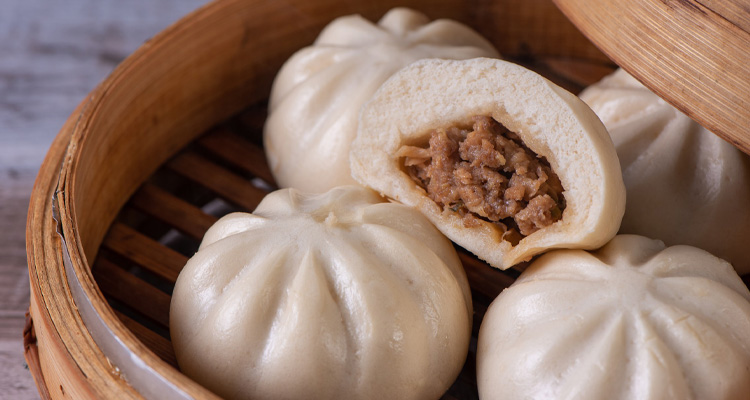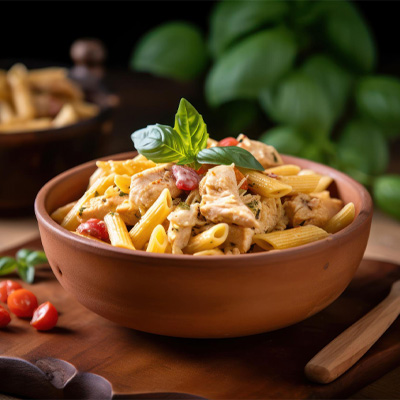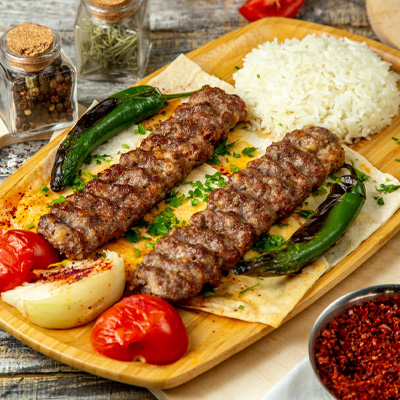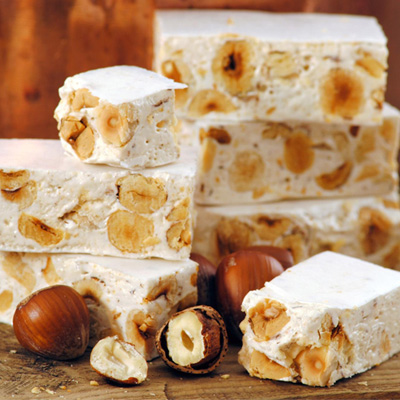Dim sum, originating from the heart of Cantonese cuisine, is more than just a meal—it's a cultural experience. These small, flavorful dishes have captivated taste buds for generations, bringing people together in the spirit of sharing and indulgence. Join us as we explore the intricacies of dim sum, from its humble beginnings to the global phenomenon it is today.
Nutrition Facts
- Kcal
280 - Fat
12 g - Choles
45 mg - Sodium
600 mg - Carbs
30 g - Fiber
2 g - Sugar
1 g - Protein
14 g
Note: The nutrition facts are approximate values and may vary based on the specific ingredients used and any additional toppings or syrups added.
Ingredients
- 1 cup all-purpose flour
- 1/2 cup water
- 1/2 cup ground pork
- 1/2 cup shrimp, peeled, deveined, and chopped
- 2 green onions, finely chopped
- 1 clove garlic, minced
- 1 teaspoon ginger, minced
- 2 tablespoons soy sauce
- 1 tablespoon oyster sauce
- 1 tablespoon sesame oil
- 1/2 teaspoon salt
- 1/4 teaspoon black pepper
- 1/4 teaspoon sugar
- 1 cup cabbage, finely chopped
- 1/2 cup mushrooms, finely chopped
- 1/2 cup bamboo shoots, finely chopped
Directions
- Prepare the Dough: In a large bowl, combine the all-purpose flour and water. Knead the mixture into a smooth dough. Cover and let it rest for 20 minutes.
- Prepare the Filling: In a mixing bowl, combine ground pork, chopped shrimp, green onions, garlic, ginger, soy sauce, oyster sauce, sesame oil, salt, black pepper, and sugar. Mix well until the filling is well combined.
- Prepare the Dim Sum Wrappers: Roll out the dough into a thin sheet. Use a round cookie cutter or a glass to cut out small circles from the dough.
- Fill and Shape the Dim Sum: Place a spoonful of the filling in the center of each dough circle. Fold the circle in half and pinch the edges to seal, creating a half-moon shape. Pleat the edges for decoration if desired.
- Steam the Dim Sum: Arrange the filled dim sum on a parchment paper-lined steamer basket, ensuring they are not touching each other. Steam over high heat for 15-20 minutes until the dim sum wrappers are cooked through.
- Serve Hot: Remove the dim sum from the steamer and serve hot with soy sauce, chili oil, or your favorite dipping sauce.
The Origins of Dim Sum: A Glimpse into Tradition
Dim Sum's Humble Beginnings
Dim sum, which translates to "touch the heart," has its roots deeply embedded in the teahouses of ancient China. It started as a way for weary travelers to refresh themselves with tea and small bites. Over time, skilled chefs transformed these modest offerings into a culinary art form, creating a diverse array of dishes that reflect the essence of Cantonese cuisine.
The Art of Dim Sum Making: Tradition Meets Innovation
Mastering the Dumplings
Dumplings are the heart and soul of dim sum. These delicate parcels come in various shapes and fillings, from succulent shrimp to savory pork. Skilled dim sum chefs meticulously craft each dumpling, ensuring the perfect balance of flavors and textures. Steamed, fried, or boiled, these dumplings are a testament to the culinary expertise behind dim sum-making.
Beyond Dumplings: Exploring the Variety
Dim sum offers a delightful variety beyond dumplings. From crispy spring rolls and fluffy buns to sweet custard tarts, each dish is a symphony of flavors. Some dim sum delicacies, like siu mai (open-topped dumplings) and har gow (shrimp dumplings), have become iconic, celebrated not only for their taste but also their meticulous presentation.
How to Enjoy Dim Sum: Etiquette and Indulgence
Tea: The Heart of Dim Sum Tradition
In traditional dim sum houses, tea is as important as the food. Tea pouring is an art, with the host ensuring guests' cups are always filled—a gesture of hospitality and respect. From jasmine to oolong, the choice of tea elevates the entire dining experience.
Navigating the Menu: Dim Sum Etiquette
When ordering dim sum, it's common to share dishes with the table. Begin with lighter flavors and progress to heartier ones. Don't hesitate to experiment with unfamiliar items; dim sum is about exploration and enjoyment.
Making Dim Sum at Home: A Labor of Love
Gathering Ingredients and Tools
Making dim sum at home is a rewarding endeavor. Begin by gathering fresh ingredients such as ground meat, seafood, vegetables, and dumpling wrappers. Invest in a bamboo steamer and enjoy the process of creating these delectable treats from scratch.
Recipes to Try: Steamed Dumplings and Custard Buns
Start your culinary adventure with classic steamed dumplings. Mix seasoned fillings, wrap them in dumpling wrappers, and steam until tender. For dessert, try your hand at custard buns—a sweet, fluffy delight that melts in your mouth.
FAQs About Dim Sum
What is the meaning of "dim sum"?
"Dim sum" translates to "touch the heart" in Cantonese, reflecting the emotional connection people have with these delectable dishes.
Is dim sum only served for breakfast?
While dim sum is traditionally associated with breakfast or brunch, many restaurants serve it throughout the day, allowing enthusiasts to enjoy it at any hour.
What is the significance of tea in dim sum culture?
Tea symbolizes hospitality and respect in dim sum culture. Pouring tea for others is a gesture of kindness and attentiveness.
Are there vegetarian options in dim sum?
Absolutely! Many dim sum dishes feature vegetables, tofu, and mushrooms, offering delightful options for vegetarian diners.
What is the best way to reheat leftover dim sum?
To preserve their texture and flavor, it's best to steam leftover dim sum briefly rather than microwaving. Steaming restores their freshness.
Is it customary to tip at dim sum restaurants?
Tipping practices vary, but it's appreciated to leave a small tip for the staff's excellent service in dim sum restaurants.
Conclusion
Dim sum, with its rich history, diverse flavors, and convivial atmosphere, is more than a meal—it's an experience. Whether you're savoring traditional dumplings, exploring innovative creations, or attempting to make dim sum at home, every bite tells a story of tradition, craftsmanship, and culinary passion. So, next time you sit down for dim sum, remember, it's not just a meal; it's a feast for the senses.













